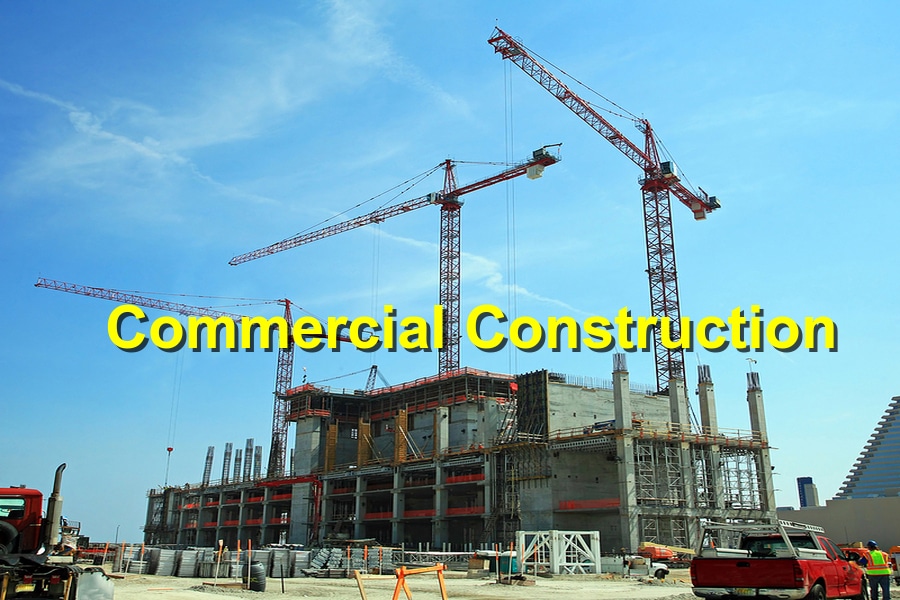Stay ahead in the commercial construction industry with insights into the latest trends for 2024. Explore advancements in technology, sustainability, modular construction, and flexible design, shaping the future of commercial building projects:
- Technology Integration: Commercial construction continues to embrace technology integration, with a focus on digital tools and automation to enhance efficiency and productivity. From Building Information Modeling (BIM) and virtual reality (VR) simulations to drones and autonomous construction equipment, technology is revolutionizing project planning, design, and execution.
- Sustainability and Green Building: Sustainability remains a key focus in commercial construction, with an emphasis on green building practices and eco-friendly materials. Energy-efficient designs, renewable energy systems, and green certifications such as LEED and WELL Building Standard are increasingly prioritized to reduce environmental impact and operational costs while enhancing occupant health and well-being.
- Modular Construction: Modular construction continues to gain traction in the commercial sector, offering faster construction timelines, cost savings, and flexibility. Prefabricated building components, off-site manufacturing, and modular building systems enable rapid deployment of projects while maintaining high-quality standards and customization options for diverse applications.
- Flexible Design and Adaptive Spaces: Commercial buildings are increasingly designed with flexibility and adaptability in mind to accommodate changing needs and usage requirements. Open floor plans, modular interiors, and versatile layouts allow for easy reconfiguration and repurposing of spaces to support evolving business demands and tenant preferences.
- Wellness-Oriented Environments: The emphasis on occupant wellness and comfort is driving the adoption of design strategies and amenities that prioritize health and well-being in commercial buildings. Biophilic design elements, natural lighting, indoor air quality systems, and wellness amenities such as fitness centers and outdoor green spaces are integrated to enhance employee productivity, satisfaction, and retention.
- Resilient and Disaster-Resistant Construction: Resilient design and disaster-resistant construction techniques are increasingly incorporated into commercial building projects to mitigate risks associated with natural disasters, climate change, and other environmental hazards. Robust structural systems, advanced building materials, and innovative design strategies are employed to enhance building resilience and durability, ensuring long-term viability and safety.
- Data-Driven Decision-Making: Data analytics and building performance monitoring are transforming commercial construction by providing valuable insights into project performance, operational efficiency, and occupant satisfaction. Real-time data collection, predictive analytics, and smart building technologies enable informed decision-making, optimization of building systems, and proactive maintenance to maximize asset value and performance.
By embracing these commercial construction trends for 2024, industry stakeholders can drive innovation, sustainability, and resilience in building projects while meeting the evolving needs and expectations of clients, tenants, and communities. Stay informed and proactive to capitalize on opportunities and remain competitive in the dynamic commercial construction landscape.
References:IEEE, AboutAmazon




